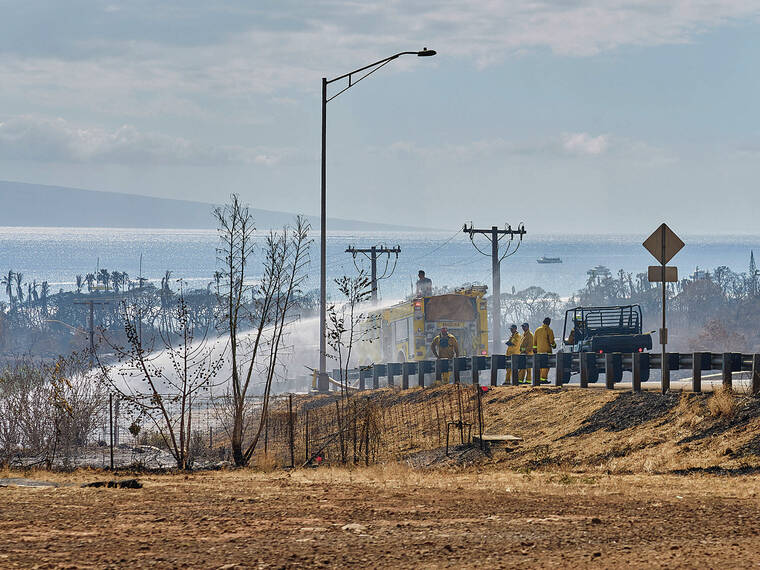Editorial: Taxing solar projects
A recent move by the city to reclassify the property tax rate for solar projects on agricultural land — on the grounds that the use isn’t agricultural — sounds logical. A solar farm doesn’t grow food; it’s more like an industrial plant, generating power for sale. But the consequences of the action could be profound.
A team from the Real Property Assessment Division (RPAD) determined that for Clearway Energy Group’s Waipio and Lanikuhana solar projects, now in development, it should apply the industrial tax rate, which is $12.40 per $1,000 of the net taxable amount — more than double the ag rate of $5.70.
Presumably, the higher rate also would apply to the 11 or so existing solar photovoltaic projects on Oahu ag land, as well as the nine solar PV plus storage projects well into development.
“We’re following current ordinance in terms of how all the properties are assessed, and it’s based on highest and best use,” said Andrew Kawano, the city’s Budget and Fiscal Services director.
Be that as it may, such a position could put a serious roadblock in Hawaii’s progress toward a 100% renewable energy future by 2045. Utility- sized solar projects such as Clearway’s negotiate with Hawaiian Electric to sell electricity at a long-term fixed rate — one determined by anticipated costs, including property taxes, over the life of the contract. They are complex calculations that must be approved by the state Public Utilities Commission (PUC).
An unanticipated, dramatic increase in property tax rates could blow up those calculations, resulting in either higher costs passed on to the consumer or cancellation of no-longer-feasible projects — none of which advances the state’s clean-energy goals.
Don't miss out on what's happening!
Stay in touch with breaking news, as it happens, conveniently in your email inbox. It's FREE!
It’s no wonder the City Council is attempting to address the problem. Bill 39, which is moving through the budget committee, would significantly reduce the tax burden while attempting to clarify how such solar projects would be taxed in the future. Understandably, Bill 39 has been met with great interest, not only from the solar energy industry and Hawaiian Electric, but also with state agencies, including the PUC, the consumer advocate and the state Energy Office. Even Gov. David Ige weighed in. All of them support the intent of the bill, while questioning some of the details.
It’s a complicated problem. Both city and state land-use laws permit solar panels on agricultural land, within limits; but solar farms with tax exemptions can’t be allowed to overwhelm traditional farms. Still, those who relied in good faith on the city’s past tax practices deserve fair treatment.
The Blangiardi administration should work closely with the Council to find a way to advance the state’s interest in clean energy without compromising the property tax structure.




